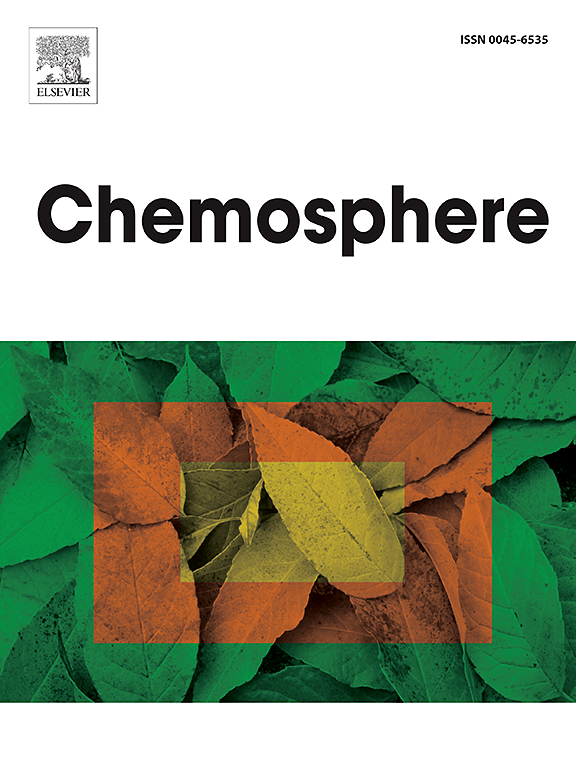Fabrication of non-enzymatic glucose biosensor based on CuS/Ni3S4 reinforced microflowers
IF 8.1
2区 环境科学与生态学
Q1 ENVIRONMENTAL SCIENCES
引用次数: 0
Abstract
Diabetes is a prevalent and life-threatening condition that is caused by uncontrolled changes in glucose concentration in the human body; therefore, daily monitoring of blood glucose concentration is a big necessity for almost 500 million diabetic patients worldwide. In this work, a low-cost and eco-friendly non-enzymatic electrochemical glucose biosensor based on copper sulfide (CuS) and nickel sulfide (Ni3S4) microstructures has been introduced. CuS Microflowers (MFs) were synthesized using a solvothermal method and reinforced by Ni3S4 nanoparticles (NPs) with a simple and one-step hydrothermal procedure. Cyclic voltammetry (CV) and chronoamperometry (CA) were employed to evaluate the electrochemical performance of the synthesized non-enzymatic glucose biosensors. Furthermore, the reinforced microflowers (RMFs) based biosensor exhibited an excellent improvement with selectivity toward glucose molecules, an LOD of 2.5 μM, and a great response time of less than 5 s. RMFs based biosensor showed two linear ranges of 0–1 mM and 1–5 mM with sensitivities of 303.85 μA/mM.cm2 and 164.85 μA/mM.cm2 respectively.

基于cu /Ni3S4增强微花的无酶葡萄糖生物传感器的制备
糖尿病是一种常见的危及生命的疾病,是由人体内葡萄糖浓度不受控制的变化引起的;因此,每天监测血糖浓度对全球近5亿糖尿病患者来说是非常必要的。在这项工作中,介绍了一种基于硫化铜(cu)和硫化镍(Ni3S4)微结构的低成本、环保的非酶电化学葡萄糖生物传感器。采用溶剂热法合成了cu微花(MFs),并采用简单的一步水热法制备了Ni3S4纳米颗粒(NPs)。采用循环伏安法(CV)和计时安培法(CA)对合成的非酶葡萄糖生物传感器的电化学性能进行了评价。此外,基于增强微花(RMFs)的生物传感器对葡萄糖分子具有良好的选择性,LOD为2.5 μM,响应时间小于5 s。基于RMFs的生物传感器具有0 ~ 1 mM和1 ~ 5 mM两个线性范围,灵敏度为303.85 μA/mM。和164.85 μA/mM。分别平方厘米。
本文章由计算机程序翻译,如有差异,请以英文原文为准。
求助全文
约1分钟内获得全文
求助全文
来源期刊

Chemosphere
环境科学-环境科学
CiteScore
15.80
自引率
8.00%
发文量
4975
审稿时长
3.4 months
期刊介绍:
Chemosphere, being an international multidisciplinary journal, is dedicated to publishing original communications and review articles on chemicals in the environment. The scope covers a wide range of topics, including the identification, quantification, behavior, fate, toxicology, treatment, and remediation of chemicals in the bio-, hydro-, litho-, and atmosphere, ensuring the broad dissemination of research in this field.
 求助内容:
求助内容: 应助结果提醒方式:
应助结果提醒方式:


